
Xiphidium caeruleum Aubl. Plants of the World Online Kew Science
Xiphidium caeruleum Taxonomy ID: 207927 (for references in articles please use NCBI:txid207927) current name Xiphidium caeruleum Aubl., 1775 NCBI BLAST name: monocots Rank: species Genetic code: Translation table 1 (Standard) Mitochondrial genetic code: Translation table 1 (Standard)
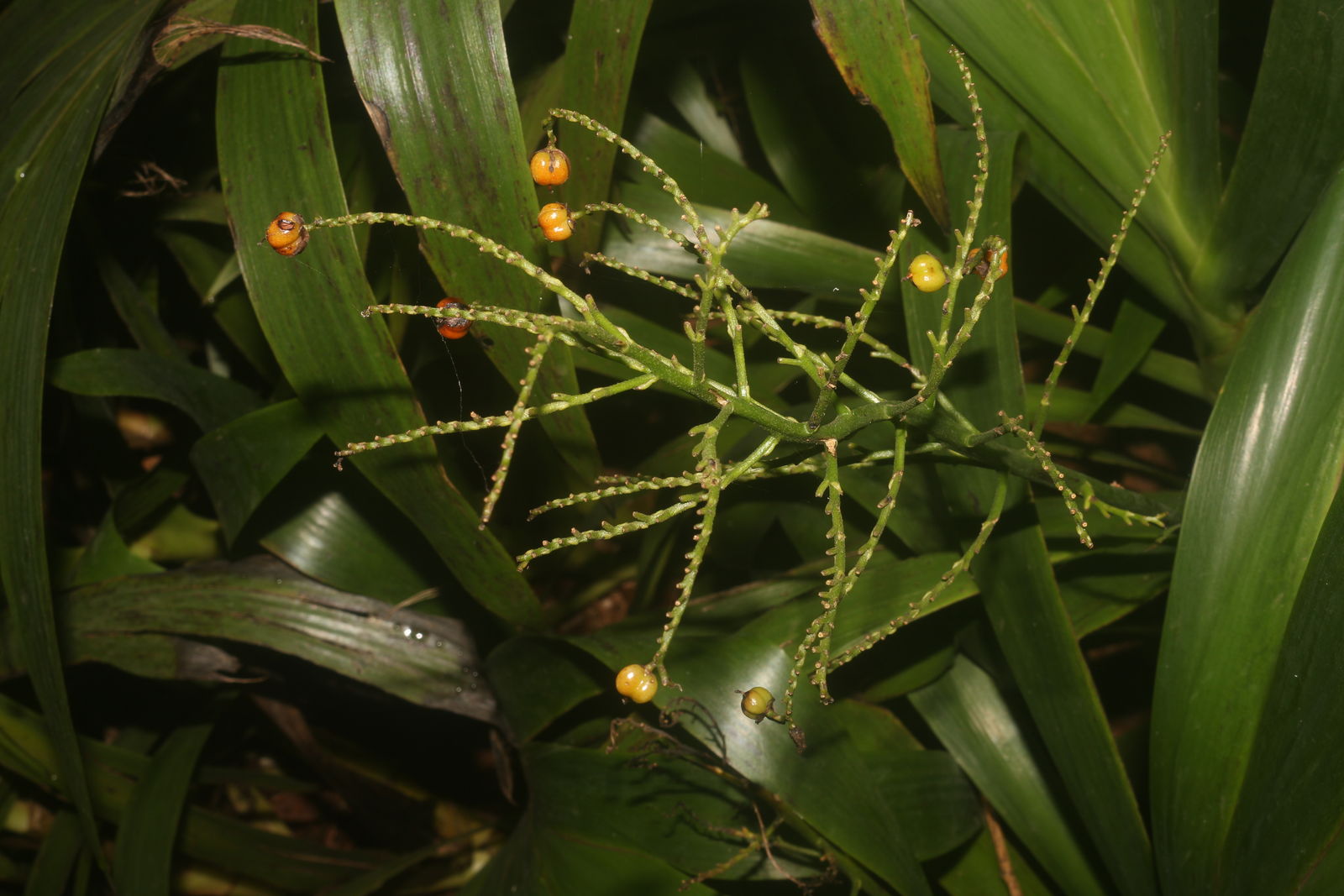
Xiphidium caeruleum Aubl. Plants of the World Online Kew Science
Xiphidium caeruleum Aubl. Hist. Pl. Guiane 1: 33 (1775) This name is reported by Haemodoraceae as an accepted name in the genus Xiphidium (family Haemodoraceae ). The record derives from WCSP (data supplied on 2022-04-18) which reports it as an accepted name
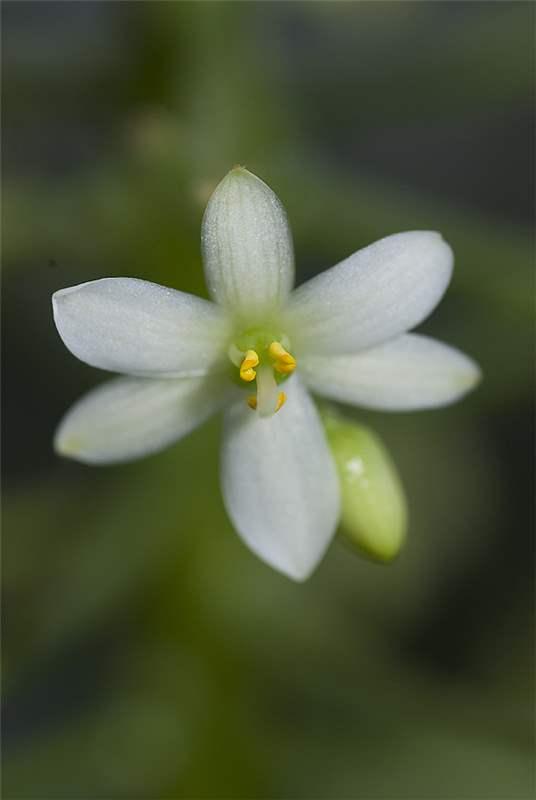
Xiphidium caeruleum Aubl. Plants of the World Online Kew Science
1846. Xiphidium floribundum var. albiflorum Hook., Bot. Mag. 84: [1], t. 5055. 1858. (as α. albiflorum) Eccremis scabra Kuntze, Revis. Gen. Pl. 3 (3): 316. 1898. (as Excremis (?) scabra) Xiphidium caeruleum var. albidum ( Lam.) Backer, Handb.

Xiphidium caeruleum Dove Tail, Palmita Buy seeds at
Xiphidium is a genus of herbs in the family Haemodoraceae first described as a genus in 1775. [1] [2] It is native to tropical regions of the Western Hemisphere. [3] species [3] Xiphidium caeruleum Aubl.

Xiphidium caeruleum (Haemodoraceae) image 32620 at PhytoImages.siu.edu
Xiphidium caeruleum Name Synonyms Eccremis scabra Kuntze Excremis scabra Kuntze Ixia xiphidium Loefl. Ornithogalum rubrum Ruiz & Pav. Ornithogalum rubrum Ruiz & Pav. ex D.Don Xiphidium albidum Lam. Xiphidium album Willd. Xiphidium caeruleum var. albidum Backer Xiphidium caeruleum var. caeruleum Xiphidium ceruleum Aubl.
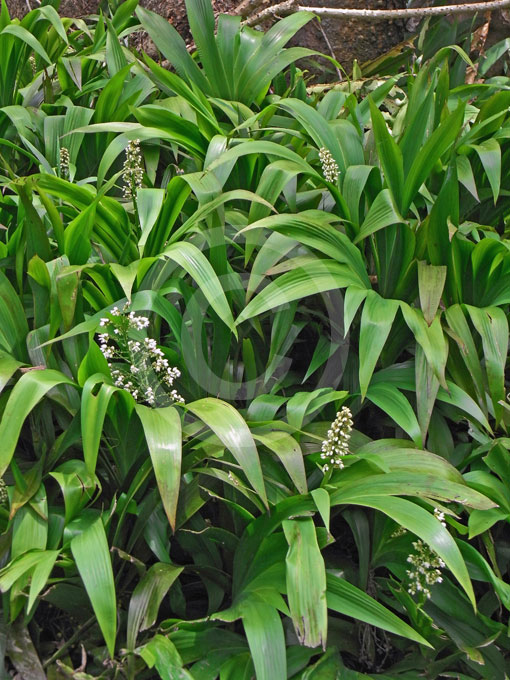
Xiphidium caeruleum Dove Tail, Cola de Paloma, Palmita, Soskia
Xiphidium caeruleum Aubl. is traditionally used in Cuba as an analgesic, anti-inflammatory, antilithiatic and diuretic remedy.

PlantFiles Pictures Palmita, Cola de Palma (Xiphidium caeruleum) by BMRP77
Open Access Article Pharmacognostic Study, Diuretic Activity and Acute Oral Toxicity of the Leaves of Xiphidium caeruleum Aubl. Collected in Two Different Phenological Stages by Yamilet I. Gutiérrez Gaitén 1, Alejandro Felipe González 1, Ramón Scull Lizama 1, Carlos R. Núñez Cairo 2, Greisa L. Álvarez Hernández 3, Venancio Díaz Masó 4,
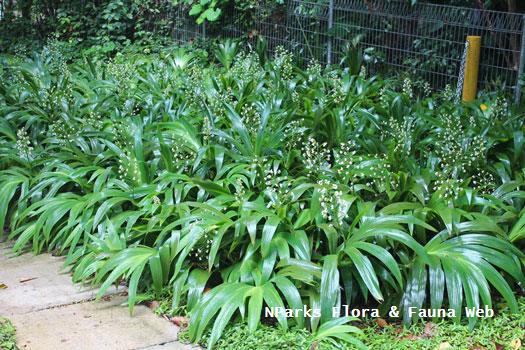
NParks Xiphidium caeruleum
The PLANTS Database includes the following 2 data sources of Xiphidium caeruleum Aubl. Documentation State Type Symbol; Acevedo-Rodríguez, P., and M.T. Strong (eds.). 2005. Monocotyledons and gymnosperms of Puerto Rico and the Virgin Islands. Contributions from the United States National Herbarium. 52. 1-415:

Xiphidium caeruleum (Haemodoraceae) image 32619 at PhytoImages.siu.edu
Plant Details Xiphidium caeruleum Aubl. [Haemodoraceae] Source: World Checklist ( High Taxonomic Confidence ) More about this plant: Plants of the World Online 2 Non-scientific names Parts & Form used 13 Scientific synonyms As cited in 3 Medicinal Sources Search externally
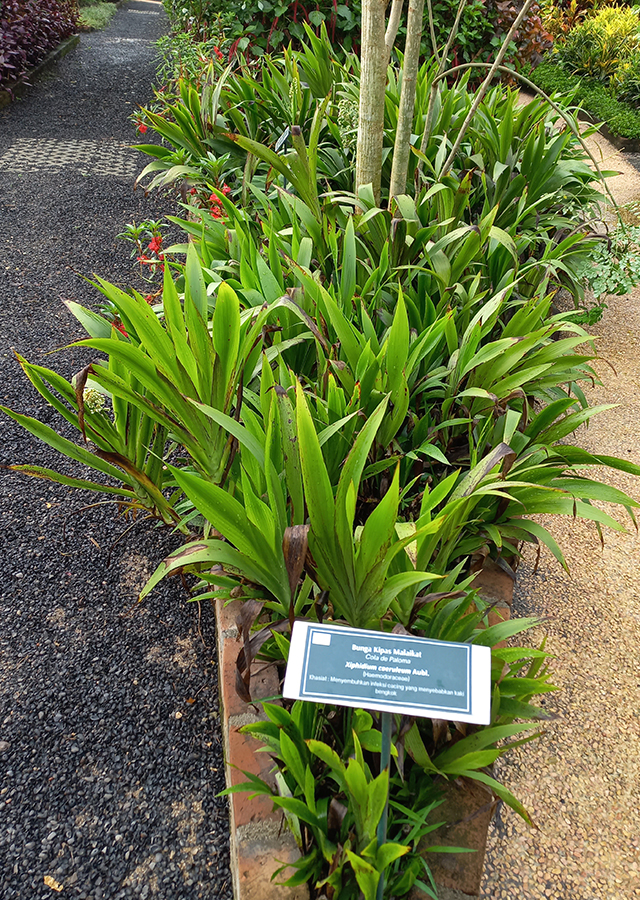
Xiphidium caeruleum
Classification for Kingdom Plantae Down to Species Xiphidium caeruleum Aubl. Click on names to expand them, and on P for PLANTS profiles. Rank Scientific Name and Common Name; Kingdom: Plantae - Plants: Subkingdom: Tracheobionta - Vascular plants: Superdivision:. Xiphidium Aubl. - xiphidium P:

Xiphidium caeruleum Aubl. Plants of the World Online Kew Science
It is a rhizomatous geophyte and grows primarily in the seasonally dry tropical biome. It is used to treat unspecified medicinal disorders, as a medicine and has social uses. Taxonomy Images General information Distribution Synonyms Publications Other data Distribution KBD Native to:

Xiphidium caeruleum Cola de Paloma Plant species, Plants, Garden plants
Xiphidium caeruleum Aubl. is traditionally used in Cuba as an analgesic, anti-inflammatory, antilithiatic and diuretic remedy. Here we studied the pharmacognostic parameters of the leaves of X. caeruleum, the preliminary phytochemical composition, diuretic activity and acute oral toxicity of the aqueous extracts from the leaves of plants collected in the vegetative (VE) and flowering (FE) stages.
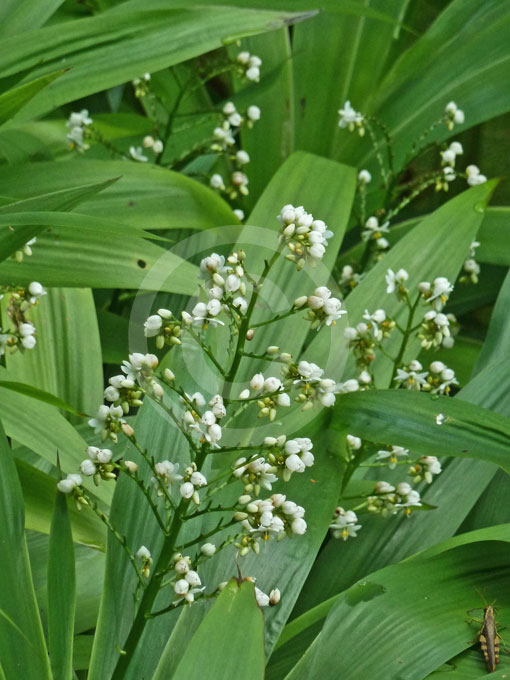
Xiphidium caeruleum Dove Tail, Cola de Paloma, Palmita, Soskia
Xiphidium caeruleum Aubl. First published in Hist. Pl. Guiane 1: 33 (1775) This species is accepted The native range of this species is Central Mexico to Tropical America. It is a rhizomatous geophyte and grows primarily in the seasonally dry tropical biome. It is used to treat unspecified medicinal disorders, has social uses and as a medicine.
Xiphidium caeruleum (Haemodoraceae) image 40150 at
Xiphidium caeruleum is used as an ornamental plant, for its fragrant flowers, and for its essential oils. It is also used in traditional medicine to treat a variety of ailments, including digestive issues, skin conditions, and infections.
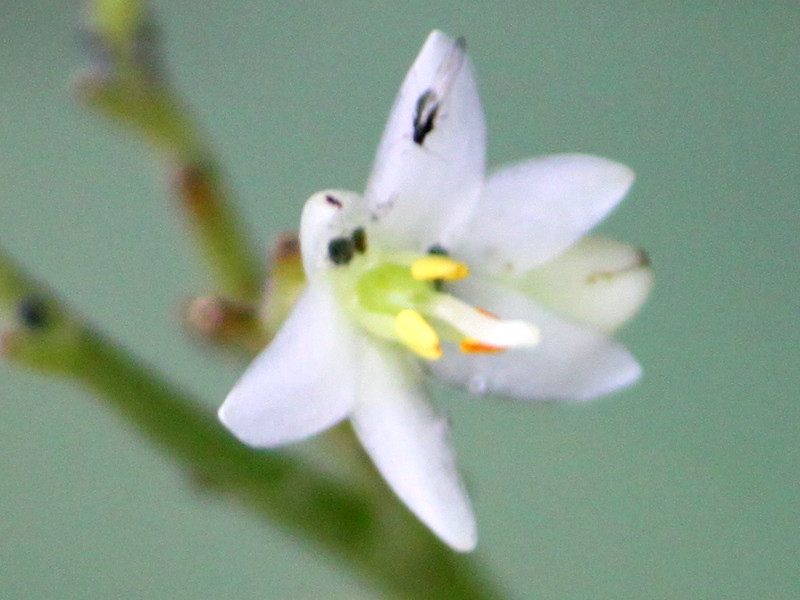
Xyphidium caeruleum Xiphidium caeruleum Flower Database
The Xiphidium caeruleum Aubl. (1775) is an evergreen perennial herbaceous species, 0,3-1 m tall, with cylindrical rhizome, 4-20 cm long and of about 1 cm of diameter, subterraneous, horizontal, creeping, with reddish sap, and semi-erect stem, 10-30 cm long, compressed.

Xiphidium caeruleum (Haemodoraceae) image 75170 at PhytoImages.siu.edu
Xyphidium caeruleum (scientific name: Xiphidium caeruleumb) is native to tropical America, and is a perennial plant in the family Haemodoraceae. In the place of origin, it grows naturally on the lowland forest edge.